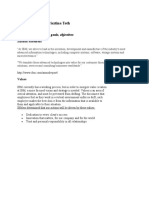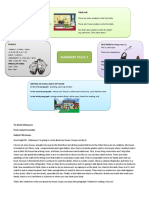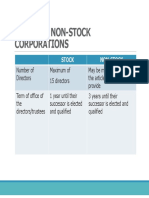0% found this document useful (0 votes)
42 views9 pagesComputer Guide
This comprehensive guide covers the fundamentals of computers, including hardware components like CPU and RAM, software types such as operating systems and applications, and networking concepts like LAN and WAN. It also discusses computer processes, data storage solutions, security measures, and advanced concepts like virtualization and artificial intelligence. Each section provides examples to illustrate key points and enhance understanding.
Uploaded by
duncanotundo349Copyright
© © All Rights Reserved
We take content rights seriously. If you suspect this is your content, claim it here.
Available Formats
Download as PDF, TXT or read online on Scribd
0% found this document useful (0 votes)
42 views9 pagesComputer Guide
This comprehensive guide covers the fundamentals of computers, including hardware components like CPU and RAM, software types such as operating systems and applications, and networking concepts like LAN and WAN. It also discusses computer processes, data storage solutions, security measures, and advanced concepts like virtualization and artificial intelligence. Each section provides examples to illustrate key points and enhance understanding.
Uploaded by
duncanotundo349Copyright
© © All Rights Reserved
We take content rights seriously. If you suspect this is your content, claim it here.
Available Formats
Download as PDF, TXT or read online on Scribd
/ 9





























































































